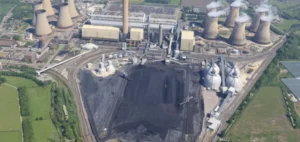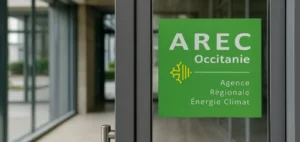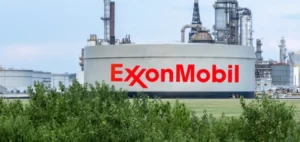Energy Harbor is partnering with the University of Toledo, major manufacturers in the Midwest region, and national laboratories (DOE). This new Great Lakes Clean Hydrogen (GLCH) coalition wants to make the Midwest a leader in low-carbon energy production.
A project based on clean hydrogen technology
Energy Harbor, a renewable energy generation specialist, is partnering with several Midwestern players. Together, they will found the Great Lakes Clean Hydrogen (GLCH). The federation intends to transform the Midwest into a clean energy hub to attract investors.
GLCH will provide clean hydrogen using decarbonized nuclear power from Energy Harbor’s Davis Besse plant. An electrolysis process of water producing fuel. In addition, the process complies with the DOE Hydrogen Shot program.
Clean hydrogen production through electrolysis avoids the challenge of carbon dioxide capture and sequestration. University of Toledo Research Department Vice President Frank Calzonetti states:
“This clean hydrogen production-based industry coalition aims to make the Midwest a leader in the energy transition. The goal is for regional industries and supply chains to compete on a global scale. We also want to create opportunities for workers and their communities.”
The Midwest as a new hub for clean energy production
Energy Harbor targets the development of decarbonized industries in the Midwest near existing nuclear power plants. One example is the construction of a carbon-free data infrastructure near the Beaver Valley nuclear power plant. Energy Harbor’s chief operator David Hamilton, speaks on the subject:
“The development of the Great Lakes Clean Hydrogen is an important step for the development of Northwest Ohio. In effect, areas near nuclear power plants will be transformed into Clean Energy Centers (CECs). These centers will be necessary for the production of decarbonized energy crucial to the U.S. economy.”
Energy Harbor hopes to implement a cost-effective decarbonization plan in the region with this project. This operation, conducted in collaboration with regional players in the Midwest, is environmentally friendly and creates jobs. Finally, a Clean Energy Center (CEC) will also open in the vicinity of nuclear plants inOhio and Pennsylvania.






















